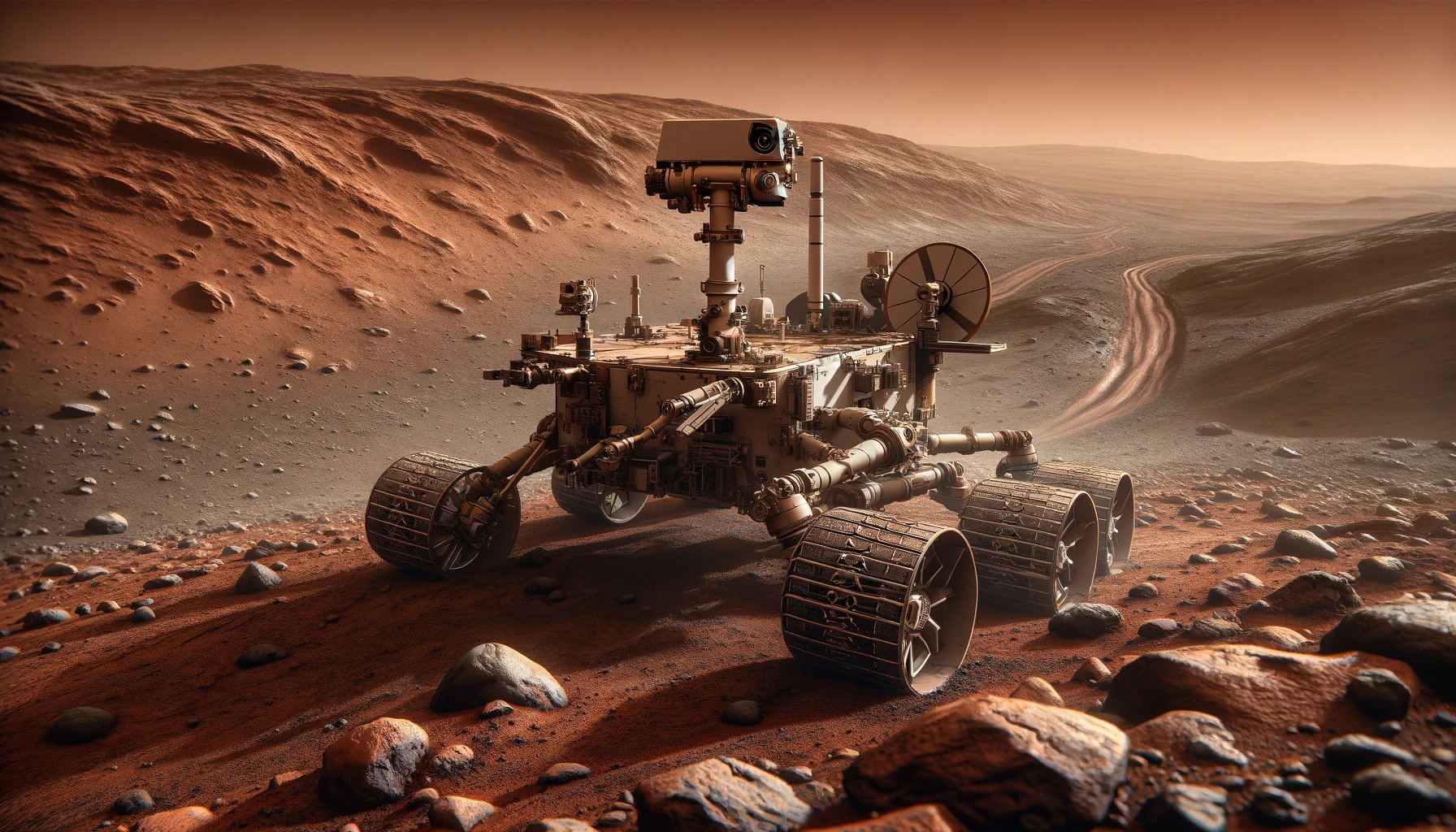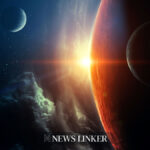At NASA‘s Ames Research Center, the Lunar Lab and Regolith Testbeds offer a peek into the future of lunar exploration. The facility stands as a testament to the agency’s commitment to mastering the lunar surface‘s challenges, providing a simulated environment for testing and enhancing the capabilities of robots, instruments, and astronauts. This simulated moonscape is crucial for preparing for missions to the Moon’s poles, areas that remain largely unexplored but are believed to be rich in resources, including water ice.
High-Level Luxembourg Delegation Visits NASA’s Simulation Facility
A high-ranking team from Luxembourg, including Deputy Prime Minister Xavier Bettel, Minister of Economy Lex Delles, and Ambassador to the US Nicole Bintner, was recently briefed on the cutting-edge work being conducted at the Ames Research Center. During their visit, they witnessed firsthand the lunar simulants and lighting systems designed to replicate the exacting conditions of the Moon’s poles. The VIPER mission team showcased their progress with optical sensors that will aid NASA’s rover in its quest for lunar water ice.
Testing Grounds for Interplanetary Exploration
The Regolith Testbeds are a cornerstone not only for lunar exploration but also for potential missions to other celestial bodies. The research and testing done here could inform future endeavors to Mercury, various asteroids, and the moons of Mars, like Phobos, thus broadening our understanding of the solar system.
Luxembourg’s Role in Space Exploration and Artemis Accords
Luxembourg, an early adopter of the Artemis Accords, is positioning itself as a key player in the realm of commercial space exploration. The nation’s representatives were briefed on how Ames contributes to the Artemis program, showcasing the potential for international collaboration in expanding humanity’s presence in space.
While the regolith testbeds continue to enable groundbreaking research, other organizations are also contributing to the body of knowledge on lunar exploration. For instance, the Planetary Science Institute has been examining lunar swirls and their potential implications for lunar surface activities, as described in “Lunar Swirls Mystery Could Be Solved by Upcoming NASA Mission” published on their official website. Furthermore, data from NASA’s Lunar Reconnaissance Orbiter has provided insights into the lunar surface’s reflectance properties, contributing to more effective rover design, as detailed in “NASA’s LRO Sheds Light on Lunar Water Movement” published by the Lunar and Planetary Institute.
As I reflect on the Ames Research Center’s endeavors, it becomes evident that the meticulous simulation and testing of lunar conditions are critical to the success of future missions. The ability to anticipate and navigate the unique challenges posed by the Moon’s terrain is a monumental achievement. By pushing the boundaries of our knowledge and technology, we are paving the way for not just lunar exploration but also for ventures further into our solar system. Such advancements hold the promise of unlocking new scientific discoveries and propelling the next generation of space exploration.










